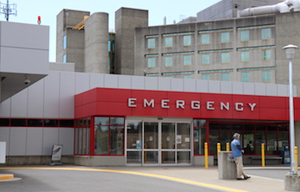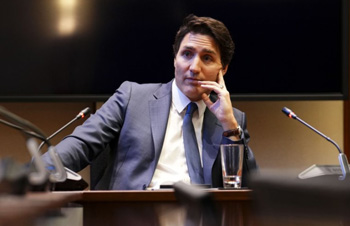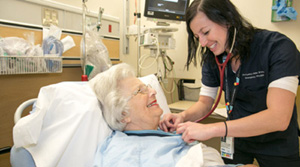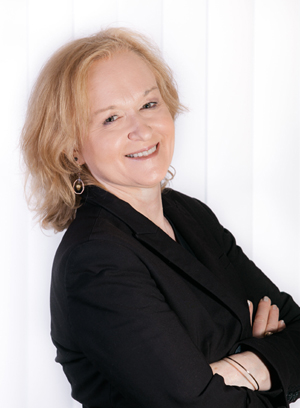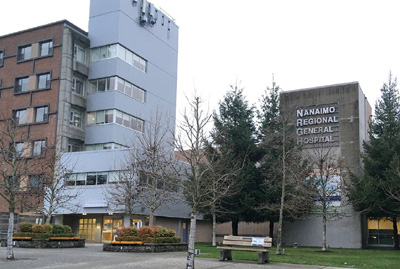
Friday January 6, 2023 | VANCOUVER, BC [Updated Jan 8, 2023]
by Mary P Brooke, B.Sc. | Island Social Trends
It’s been a grinding long haul for the health-care system in BC to be dealing with the COVID-19 pandemic for now three years in BC. The official pandemic itself will go into its fourth year mid-March 2023.
That was the context presented by BC Health Minister Adrian Dix today in a session with media. He took questions by phone, from Vancouver. that was followed by a news release: BC Health News Release Jan 6, 2023: BC renews use of emergency operations centres to support patients, hospitals
The load and strain of additional responses and care measures for three years — not the least of which is the wear and tear on health-care professionals and workers in the health-care system, has been a burden and is not relenting.
The current XBB.1.5 strain of COVID-19 as well as influenza and RSV saw more people than usual in BC hospitals in December. As of the latest BC stats, there were 12 confirmed cases of the newest COVID strain reported by the BC Centre for Disease Control. In the USA, about 40% of cases are due to the XBB.1.5 strain and that trend is expected to happen in Canada soon too.
Emergency Operation Centres:
Today Dix’s leading announcement was that 20 Emergency Operation Centres (EOC’s) will be opened at the busiest COVID-support hospitals in BC, to deal with system demand management. That’s the same process as done during the early phases of COVID in 2020 and during extreme weather events.
EOC’s deal with things like management of emergency room load to ease congestion and hospital bed availability so that the most vulnerable patients (including those who need critical care) will get the care they need, it was stated by Dix today.
The EOC’s also staying on top of what services are available to patients once discharged from hospital, helping them transition safely.
The EOC’s will be in place for a minimum of six weeks, being led by “dedicated leadership teams”, said Dix today. Resources will be be available seven days a week, said Dix.
Dix listed off at least three hospitals with the highest demand, where EOCs will be set up: Nanaimo Regional General Hospital (in Island Health), Surrey Memorial Hospital (in Fraser Health) and Royal Inland Hospital (in Interior Health). The rest of the list includes: Abbotsford Regional, Royal Columbian, East Kootenay Regional, Kelowna General, Kootenay Boundary Regional, Penticton Regional, Vernon Jubilee, Fort St John & Peace Villa, Mills Memorial, University Hospital of Northern BC, BC Children’s, Lions Gate, Richmond, St Paul’s, Vancouver General, Nanaimo Regional General, Royal Jubilee, and Victoria General.
Hospital occupancy:
As of yesterday there were 10,226 people in hospital, said Dix. Base and surge beds total to 11,680 in BC. In base beds, there are 9,202, he said, describing the current bed occupancy as at 88% of total complement of beds (i.e. 10,226 people in 11,680 beds) but noted that being 111% of base bed capacity “which is significant and high”.
In September that number was 9,400 and in December the average was 9,600 including the Christmas-day average which is normally lower than other days of the month. In acute care “we were high relative to where we ordinarily are at that time of year,” said Dix.
“As hospitals have resumed that number has got higher over the last week,” said Dix.
Hospital demand is high for a number of reasons, outlined by Dix as “the ongoing COVID-19 pandemic (currently 350 to 400 people who are positive for COVID-19), other respiratory illnesses such as influenza and RSV which obviously has affected hospitals in every part of the province”.
“People are accessing care after the holidays. More people are sick right now. And our hospital system ramps back up, typically, in the weeks around Christmas, even though we did more surgeries around Christmas than we’ve ever done before in our robust health care system,” said Minister Dix. Surgeries are usually fewer in the last three weeks of December, he noted, saying patients prefer to wait if they can until after the holidays. “People who need surgery with overnight stays are back in the hospital in significant numbers.”
“We have postponed some non-urgent scheduled surgeries but as well, in September, and October, and November and December, we did more surgeries in those months than ever before, which is an extraordinary achievement of our health-care system in the midst of two public health emergencies,” said Adrian Dix.
“We will monitor progress and will continue to work with health authorities to adapt plans and efforts as needed. These actions will ensure we are prepared for any increase in demand for hospital care” said Minister Dix.
Bottom line, more money needed:
Regarding the burden on the health-care system: “It’s a challenge that we simply have to meet together. We have a long term plan to address these challenges. And we need others to be part of that,” said BC Health Minister Adrian Dix today, addressing media.
“That includes, frankly, the prime minister stopping acting likes he’s the opposition health critic for the provinces” and should “start acting like a prime minister,” said Dix, as a reference to pushing for an increase in the Canada Health Transfer (CHT).
The CHT is a funding mechanism whereby the federal government transfers funds to the provinces for the delivery of health care. Over and above the CHT, in the past few years, the federal government has provided billions of dollars in health care support for COVID-19 vaccination supply and distribution, supply of personal protective equipment (PPE), and other direct supports (not to mention the significant CERB payment support that kept people home and away from transmission of the COVID virus before there were vaccines).
Trudeau said in December, in a year-end interview with Global TV: “It wouldn’t be the right thing to do to just throw more money at the problem and sit back and watch the problem not get fixed because we didn’t use this moment to say, ‘No, no, no, it’s time to improve the system.”
Trudeau has given the nod to BC in the past over their improvement of certain sectors, as seen in allowing the decriminalization of possession of small amounts of illicit drugs in BC as the province works to improve mental health and addiction systems, particularly more ‘beds’ and treatment programs.
More people, aging population, and COVID continues:
“It’s a challenge for health care systems. Not because of any inefficiency, but because there’s going to be that level of increase in demand with more people, an aging population, and ongoing events like the COVID-19 pandemic.
The in-migration of new BC residents was about 100,000 last year (and continues at a similar rate this year), the number of people over age 75 in BC will be double in 10 years compared to now (he noted the need for more long-term care spaces), and people continue to end up in hospital with COVID-19 infections (especially if not having been vaccinated at all, or with the latest bivalent booster which targets Omicron and its variants).
“We have a massive response in a health human resources plan for more doctors, nurses, and health care professionals who are working with those professionals (such as primary care, rural care, and other areas of specialist care) in BC,” said Dix today.
Dix noted that 38,000 more workers are in the health-care system since he became Health Minister in mid-2017. He says that number will need to be doubled in the next five years, and again in the next five years after that.
In particular he also noted the impact of the overdose crisis (going on six years) and the long-term workers needed in that sector to deal with the challenge.
Still pushing for COVID vaccination:
More people continue to end up in hospital with COVID-19 infections, said Dix today, especially if they’ve not having been vaccinated at all, or with the latest bivalent booster which targets Omicron and its variants.
About 94% of people in BC got their first dose in 2021 and 2022, and about 93% got their second dose, said Dix today. He added that “the majority of those have received their boosters (third and/or fourth dose).
While the concept of community immunity certainly has merit at 94% vaccination coverage (less for boosters), Dix is concerned about the remaining six percent leaning hard on system resources.
Demand continues as we live with COVID:
It’s the continuing demand on the system (for all services by a growing population but with the added burden of COVID) that is causing pressures on resources including the continued well-being of staff.
“More people are sick right now,” said Dix. That includes RSV which affects mostly very young children.
The average number of people admitted to hospital in December 2022 was 9,600 for the month (seeing 9,000 as the tally on Christmas Day); Dix says that’ higher than previous years, and this week the number is even higher (after the holiday season). Comparatively, the number of people in hospital in September 2022 was 9,400.
===== ABOUT ISLAND SOCIAL TRENDS:
Island Social Trends is a professional news service that covers news of the west shore, south Vancouver Island, BC and national issues with a socioeconomic lens.
Island Social Trends launched entirely online at islandsocialtrends.ca in mid-2020, in the footsteps of its predecessor publications MapleLine Magazine (2008-2010), Sooke Voice News (2011-2013) and West Shore Voice News (2014-2020).
Editor and publisher: Mary P Brooke, B.Sc.
===== ARCHIVES:
HEALTH | COVID-19 | VANCOUVER ISLAND
===== RELATED:
BC Children’s Hospital dealing with flu, COVID & RSV (Nov 9, 2022)
Children’s hospitals dealing with flu, COVID & RSV (Nov 2, 2022)
Manitoba’s Premier now chairing Council of the Federation (Sept 27, 2022)
Island Health highlights the importance of immunization (Aug 23, 2022)
Canada’s premiers: priorities for economic recovery & health care (July 13, 2022) | Day 2 in Victoria: Premiers hone in on health care priorities (July 12, 2022) | Day 1 in Victoria: Premiers discuss health care funding (July 11, 2022)




